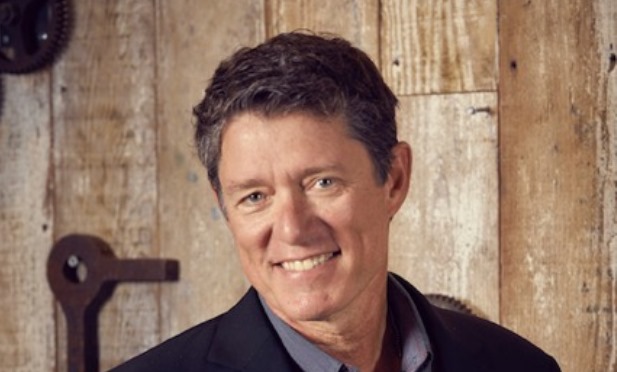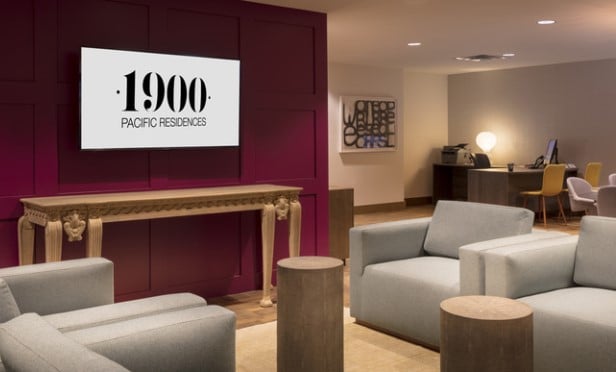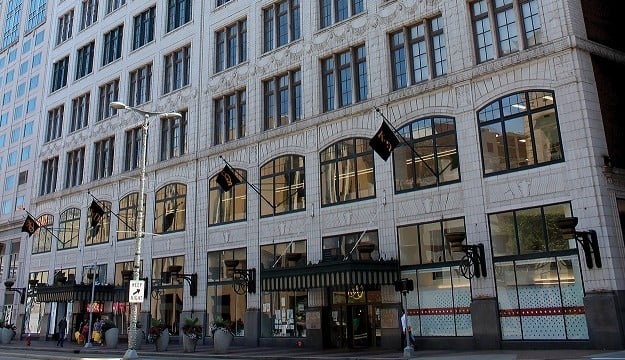
SAN FRANCISCO—Stephen Francis Jones and his team at SFJones Architects are bucking the cliché that bigger is better with at the Pavilions at Veranda in Concord, CA, where small structures not much bigger than a food truck and a common seating area offer an outdoor twist on the traditional mall food court. His other recent projects run the gamut: developing the Foundry & Lux business campus at Oyster Cove in South San Francisco, rebuilding homes destroyed by the fire in Santa Rosa and creating new spaces for medical collectives to restaurateur clients.
And, his assignments are reflections of the ways in which Jones is evolving his business from architecture and design to placemaking–using thoughtful and efficient design concepts to make businesses, offices and homes more sustainable, livable and unique. The idea behind placemaking has always been at the heart of Jones' work, wherein social spaces allow relationships to be formed, bonds to be reinforced and communities to be built.
As the business and commercial world thinks beyond the ordinary in design, Jones and his design team re-imagine spaces that unify as well as define. Common open spaces, integration with the natural landscape and user-friendly amenities are just as important to his projects as basic form and function.
In this exclusive, Jones recently discussed these projects and concepts, Millennials' influence on design, Santa Rosa rebuilding and the housing shortage in the state.
GlobeSt.com: You've done a fair amount of projects in Southern California. How do those projects differ, if at all, from those up this way?
Jones: Both areas have the same sensibility to placemaking, however down south, we can get away with a little more open spaces since we have relatively mild dry climate. Up north, if we do an exterior seating area, we really have to make sure we keep the customers dry and warm in addition to keeping them shaded. Working in an area like Sonoma County verses Southern California means that each location has its market. Whether it is more toward the wine industry or the beach industry, it all influences the final design objectives.
GlobeSt.com: You are accomplished in the concept of placemaking, a term we hear a lot these days. Why is it so important?
Jones: Placemaking is becoming more and more relevant in creating destinations because as big-box anchor stores start to disappear to online, retail model developers are looking for what will replace that. Of course food is the biggest draw. A new mix of retailers such as fitness and sporting outfits as well as both indoor and outdoor games and activities have started to become more desirable tenants in mall environments, now dubbed entertainment centers.
GlobeSt.com: Give a little more insight into the Foundry & Lux business campus at Oyster Cove; and creating new spaces for medical collectives to restaurateur clients.
Jones: Millennials have become more of an influential group in regards to the environment that the want to experience. No longer is a simple cubical in an open plan workplace acceptable. It has to have amenities and a stimulating environment. Landlords understand that and understand that if an environment can be more like home or a comfortable environment, that it will attract the desired work force or will be the difference in deciding what medical treatment facilities patients want to visit. This has already been the mindset for the restaurant industry and we have started to incorporate that other building types.
GlobeSt.com: Please share some progress on the rebuilding process of the homes destroyed by fire in Santa Rosa.
Jones: We have already obtained a permit for a rebuild house in the Mark West Springs area and are about to submit for a second one. We have been on the leading edge of the process to understand the requirements from the city and the constraints of the home owners, whether it is dealing with the insurance companies to be properly compensated for fire damage or dealing with the day-to-day necessities of putting one's life back together. We are also investing alternate plans to create communities for the service industries that have been especially hit hard by the loss of affordable housing.
GlobeSt.com: What other trends are you seeing of note?
Jones: The biggest trend I see right now is addressing the housing shortage in California. We have been working on concepts to deal with some of the most fundamental problems like ownership and sense of community engagement. Creating a solution to housing is not only dealing with a physical structure to inhabit, but also with creating amenities that support communities. One concept is to use shipping containers to create small mom and pop outlets for food or retail to support the communities from within the community.
© Touchpoint Markets, All Rights Reserved. Request academic re-use from www.copyright.com. All other uses, submit a request to [email protected]. For more inforrmation visit Asset & Logo Licensing.







